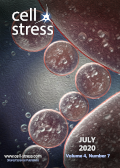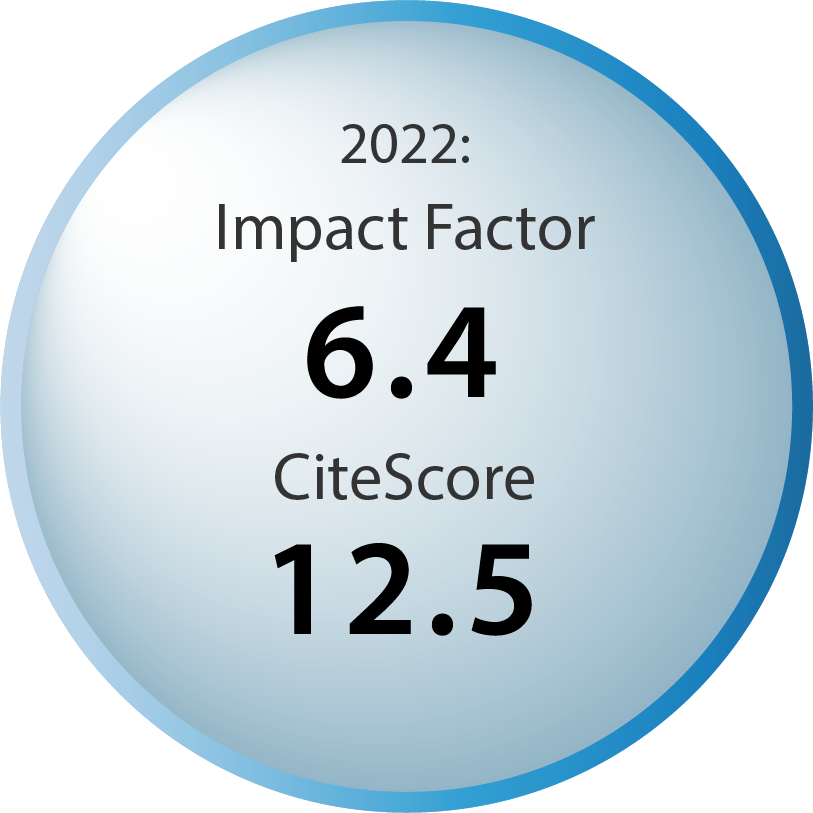Table of contents
Volume 4, Issue 7, pp. 154 - 190, July 2020
Cover: This month in
Cell Stress: The role of lipids in autophagy and neurodegeneration. Public domain (CC0) image of fat droplets by Pixabay. Image modified by
Cell Stress. The cover is published under the
CC BY 4.0 license.
Enlarge issue cover
Immune system activation by natural products and complex fractions: a network pharmacology approach in cancer treatment
Alejandra Gomez-Cadena, Alfonso Barreto, Susana Fiorentino and Camilla Jandus
Reviews |
page 154-166 | 10.15698/cst2020.07.224 | Full text | PDF |
Abstract
Natural products and traditional herbal medicine are an important source of alternative bioactive compounds but very few plant-based preparations have been scientifically evaluated and validated for their potential as medical treatments. However, a promising field in the current therapies based on plant-derived compounds is the study of their immunomodulation properties and their capacity to activate the immune system to fight against multifactorial diseases like cancer. In this review we discuss how network pharmacology could help to characterize and validate natural single molecules or more complex preparations as promising cancer therapies based on their multitarget capacities.
The role of lipids in autophagy and its implication in neurodegeneration
Sergio Hernandez-Diaz and Sandra-Fausia Soukup
Reviews |
page 167-186 | 10.15698/cst2020.07.225 | Full text | PDF |
Abstract
Neurodegenerative diseases are, at present, major socio-economic burdens without effective treatments and their increasing prevalence means that these diseases will be a challenge for future generations. Neurodegenerative diseases may differ in etiology and pathology but are often caused by the accumulation of dysfunctional and aggregation-prone proteins. Autophagy, a conserved cellular mechanism, deals with cellular stress and waste product build-up and has been shown to reduce the accumulation of dysfunctional proteins in animal models of neurodegenerative diseases. Historically, progress in understanding the precise function of lipids has traditionally been far behind other biological molecules (like proteins) but emerging works demonstrate the importance of lipids in the autophagy pathway and how the disturbance of lipid metabolism is connected to neurodegeneration. Here we review how altered autophagy and the disturbance of lipid metabolism, particularly of phosphoinositols and sphingolipids, feature in neurodegenerative diseases and address work from the field that suggests that these potentially offer an opportunity of therapeutic intervention.
High mitochondrial calcium levels precede neuronal death in vivo in Alzheimer’s disease
Maria Calvo-Rodriguez and Brian J. Bacskai
Microreviews |
page 187-190 | 10.15698/cst2020.07.226 | Full text | PDF |
Abstract
Alzheimer’s disease (AD), the most common cause of dementia, affects millions of people worldwide. Suggested mechanisms of neurotoxicity in AD include impaired calcium (Ca2+) homeostasis and mitochondrial dysfunction, both contributing to neuronal damage. Little was known about the exact mitochondrial Ca2+ homeostasis in the living brain, particularly in AD. Only now, with the development of intravital imaging techniques and transgenic mouse models of the disease, we are able to directly observe Ca2+ levels in specific regions or particular subcellular compartments of cells, such as mitochondria. Using multiphoton microscopy, a Ca2+ reporter targeted to mitochondria and a mouse model of cerebral β amyloidosis (APP/PS1), our recent study (Nat Comms 2020, 11:2146) found elevated mitochondrial Ca2+ concentration in the transgenic mouse after plaque deposition, and after topical application of natural soluble amyloid beta (Aβ) oligomers to the healthy mouse brain at concentrations similar to those found in the human brain. Elevated Ca2+ in mitochondria preceded neuronal death and could be targeted for neuroprotective therapies in AD. Here, we describe our main findings and pose new questions for future studies aimed at better understanding mitochondrial Ca2+ dyshomeostasis in AD.



